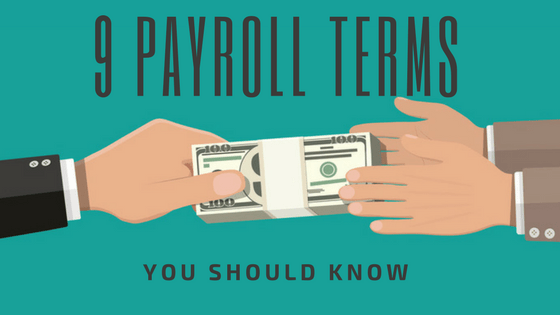What to Consider Prior to Running Payroll for the First Time

As a new business owner, you’re probably familiar with the phrase “run payroll.” Sure, that translates to “pay employees,” but there is a lot more to the action than that. You’ll need to consider how much you should pay each worker, what tax obligations you have, and when you need to pay your team. Payroll can be a little tricky at the start. But, once a routine is in place, running it will be a piece of cake.
Exactly how much do you pay each employee?
Payroll must be exact. When employees sign on to work for your company, they agree to a specific hourly or salaried amount. For salaried workers, employers will typically include the gross pay in the employee’s contract. It’s the net pay, though, that will show up in the employee’s bank account. Net pay is the amount remaining after taxes and deductions. It is what an employee actually takes home each pay period. Employees can see a breakdown of their payment (gross pay, deductions, net pay) on their pay stub.
To calculate net pay, you’ll need to subtract the following from an employee’s paycheck:
- pre-tax deductions, such as contributions to a 401(k) or Health Savings Account
- taxes, including Social Security, Medicare, and federal and state income taxes
- post-tax deductions, such as Roth 401(k) contributions, charitable contributions, and court-ordered garnishments.
It’s important to note that pre-tax and post-tax deductions are voluntary, based on the benefits offered by a company. Your business does not have to provide a retirement plan, and you may not have to offer health insurance. If you do offer these benefits, your employees do not have to accept them.
What are your tax obligations?
Every small business must withhold and pay taxes and collect and file certain tax forms:
- Form W-4: Provide this to your employees, so you know how much federal and state income taxes to withhold from their paychecks. They can claim allowances to lessen the tax withheld from each paycheck. Form W-4 is required by the IRS.
- Form 941: This is for you, the employer, to fill out. Form 941, also known as the Employer’s Quarterly Tax Form, requires important tax information from a business, such as the amounts withheld from each employee’s paycheck, the number of employees on the payroll, and the amount owed to the IRS.
- Form W-2: You’re required to send this form to employees by January 31 of each year. It specifies the precise wages paid in a given year, as well as the amount of taxes withheld. Employees cannot complete their individual taxes without a W-2.
- Form 1099-MISC: If your business hires independent contractors, you’ll need to file form 1099-MISC with the state tax department and the IRS by January 31 of each year. It reports the taxes on any miscellaneous income paid by your company.
With Workful’s payroll system, you can store and easily access employee and employer forms. Also, you’ll benefit from a payroll that is run systematically, withholding the proper amount of taxes per employee and calculating the accurate net pay.
When do you pay your team?
You’ll have to decide which payroll schedule best suits your business. Ask yourself questions like:
- When is the company most flush with cash?
- Are my employees hourly or salary?
- How often do my employees expect to be paid?
There are only so many payroll schedules to choose from, though the most common are biweekly and weekly. If you select a biweekly schedule, you’ll pay your team 26 times per year. You’ll pay them 52 times per year if you choose weekly. Once you pick a schedule, stick with it, so payment expectations remain consistent. Adjusted pay dates may concern your employees, as it’s a sign of financial instability.
Payroll with Workful
There are many tasks on your plate as a business owner, especially when you’re in the startup stages. Make your life a little easier by using Workful’s payroll software. All it takes is some initial data entry to account for necessary employee information. From there, Workful will automatically calculate payroll. You’ll only have to click your mouse a few times to run payroll.


